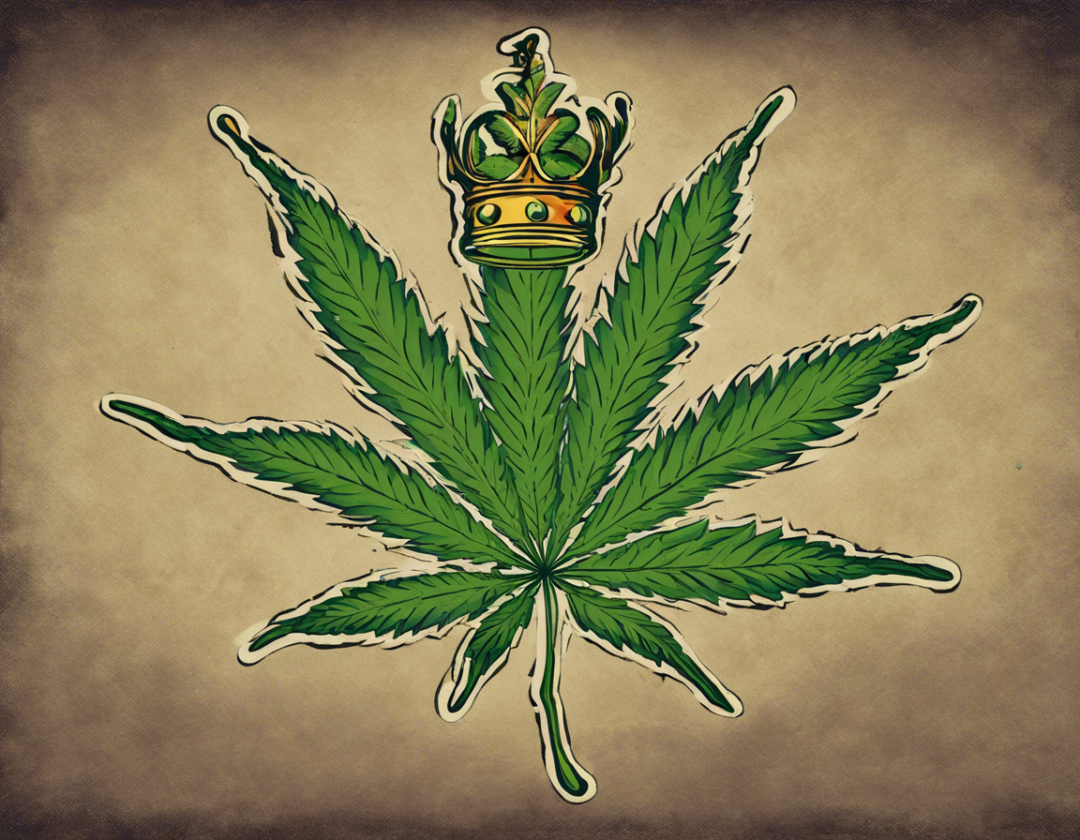The Cannabis King: A Look into the Marijuana Industry

With the rise of cannabis legalization in various parts of the world, the marijuana industry has seen tremendous growth and transformation in recent years. What was once a black-market commodity is now a booming multi-billion-dollar industry with significant economic, social, and medical implications. In this comprehensive article, we will delve into the various aspects of the cannabis industry, including its history, legal status, market trends, health benefits, risks, and future prospects.
Historical Background
Marijuana, also known as cannabis, has been used for medicinal, recreational, and industrial purposes for thousands of years. Its cultivation and consumption can be traced back to ancient civilizations in Asia, Africa, and the Americas. In the United States, cannabis was widely used for medicinal purposes until the early 20th century when it was criminalized due to political and racial factors. The War on Drugs in the 1970s further stigmatized marijuana, leading to its classification as a Schedule I controlled substance under the Controlled Substances Act, alongside drugs like heroin and LSD.
Legalization and Regulation
In recent years, there has been a global shift towards cannabis legalization for both medicinal and recreational use. Countries like Canada, Uruguay, and several U.S. states have legalized marijuana for recreational purposes, while many others have legalized it for medical use. This trend has sparked a wave of new businesses, jobs, and tax revenues in the cannabis industry. However, legalization has also raised concerns about public health, underage consumption, and impaired driving.
The Economic Impact of Cannabis
The marijuana industry is one of the fastest-growing sectors of the economy, with billions of dollars in annual sales and investments. From cultivation and processing to distribution and retail, the cannabis supply chain is complex and highly regulated. Entrepreneurs, investors, and consumers are all vying for a piece of the green rush, leading to fierce competition and innovation in product development, marketing, and branding.
Market Trends and Opportunities
The cannabis market is diverse and dynamic, with a wide range of products and services catering to different consumer preferences and needs. From dried flower and edibles to concentrates and topicals, there is a growing demand for cannabis products that are potent, safe, and convenient to use. Innovations in extraction techniques, delivery systems, and packaging are driving market growth and attracting new customers to the industry.
Health Benefits and Risks
Cannabis has been used medicinally for centuries to treat a variety of health conditions, including chronic pain, inflammation, anxiety, and epilepsy. The plant contains compounds called cannabinoids, such as THC and CBD, which have therapeutic effects on the body’s endocannabinoid system. While CBD is non-intoxicating and has anti-inflammatory properties, THC is psychoactive and can cause euphoria and relaxation. However, marijuana use is not without risks, including addiction, impaired cognition, and respiratory problems.
Future Prospects and Challenges
As the cannabis industry continues to grow and evolve, there are several key challenges and opportunities on the horizon. Regulatory uncertainty, banking restrictions, and tax burdens are some of the obstacles facing marijuana businesses. However, advancements in research, technology, and sustainability are opening up new possibilities for the industry, such as pharmaceutical drug development, hemp production, and cannabis tourism. The future of the marijuana industry looks promising, but it will require collaboration between stakeholders, policymakers, and the public to ensure its long-term success.
Frequently Asked Questions (FAQs)
1. Is marijuana legal everywhere?
Answer: No, marijuana laws vary by country and state. While some places have legalized cannabis for both medicinal and recreational use, others still have strict prohibitions against it.
2. What is the difference between THC and CBD?
Answer: THC is the psychoactive compound in cannabis that produces a euphoric high, while CBD is non-intoxicating and has therapeutic properties without causing a high.
3. Can cannabis be addictive?
Answer: Yes, marijuana use can lead to psychological dependence in some individuals, especially those who use it regularly and in high doses.
4. How is cannabis consumed?
Answer: Cannabis can be consumed in various forms, including smoking, vaping, edibles, tinctures, topicals, and concentrates.
5. Are there any side effects of marijuana use?
Answer: Side effects of cannabis use may include dry mouth, red eyes, increased heart rate, impaired coordination, and anxiety or paranoia, especially in inexperienced users.
In conclusion, the marijuana industry is a complex and dynamic sector that has the potential to revolutionize medicine, agriculture, and commerce. As cannabis legalization spreads globally, it is crucial to address the social, economic, and health implications of its use responsibly. By staying informed, advocating for sensible policies, and supporting ethical business practices, we can help shape a sustainable and equitable future for the cannabis industry.








